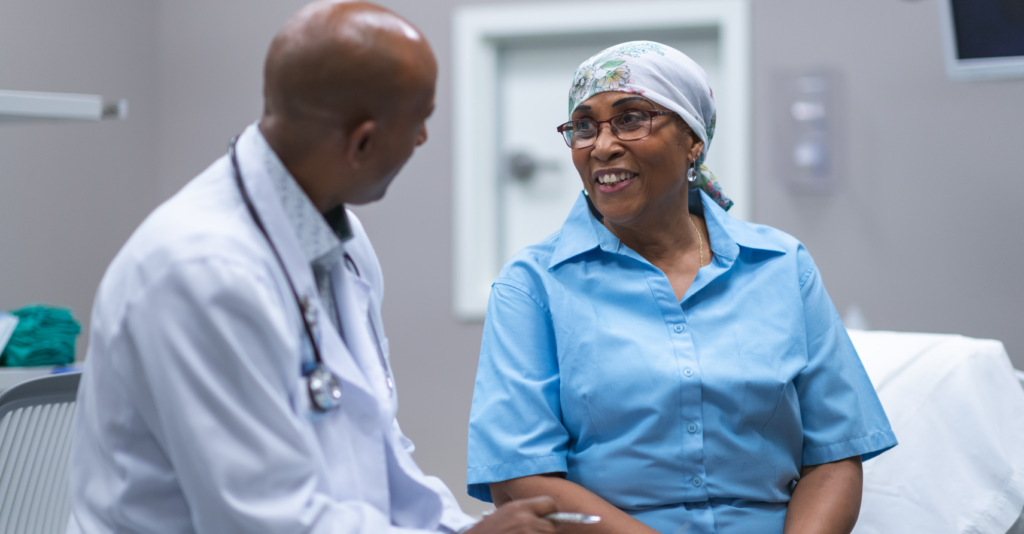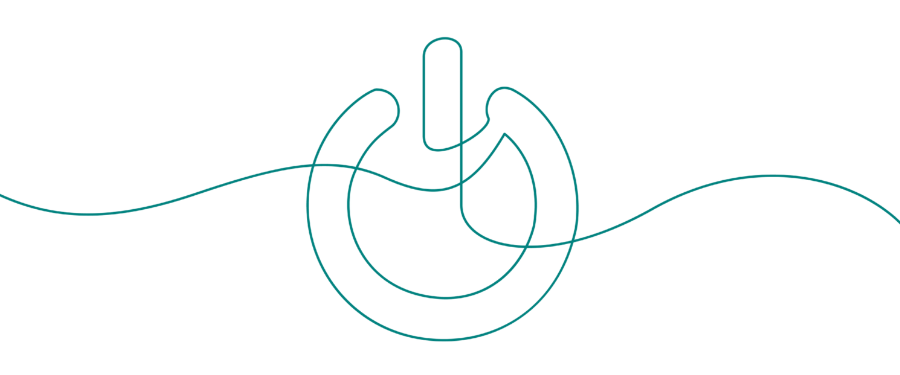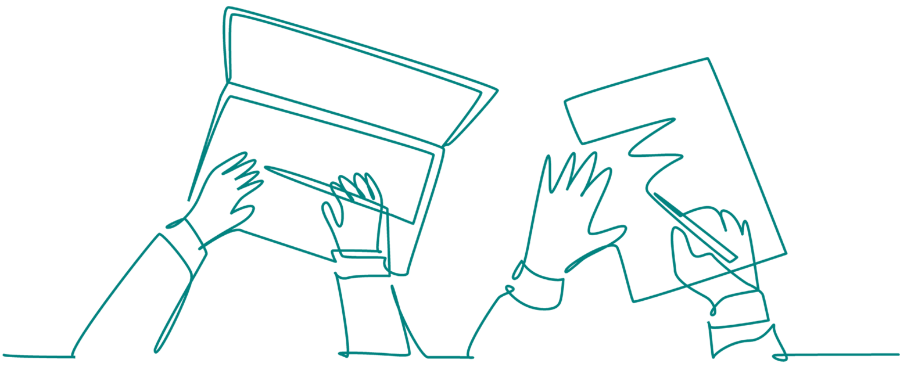
What happens in your body when you have DLBCL?
Signs and Symptoms of DLBCL
Common Symptoms of DLBCL include:
- Swollen lymph nodes (commonly in the neck, armpits, or groin)
- Recurring fevers
- Persistent fatigue
- Night sweats
- Shortness of breath
- Unintentional weight loss
Related Links
What Are Common Symptoms of DLBCL?
How Can Diffuse Large B-Cell Lymphoma Treatment Symptoms Be Managed?
Causes and Risk Factors of DLBCL
Risk factors that may increase the likelihood of developing DLBCL include:
- Age: Most commonly affects adults over 60, though it can occur at any age.
- Weakened immune system: Conditions like HIV, autoimmune disorders, or prior organ transplants may increase risk.
- Chemical exposure: Long-term exposure to pesticides, industrial solvents, or prior chemotherapy can be contributing factors.
- Genetic mutations: Changes in genes such as MYC, BCL2, and BCL6 may influence disease progression and treatment outcomes.
Accessing the Best DLBCL Care
Expert Tips
- Find a Specialist: Seek a hematologist-oncologist with experience in DLBCL.
- Understand Your Diagnosis: Learn about your specific subtype and genetic mutations.
- Discuss Treatment Plans: Ask about chemotherapy, targeted therapy, or clinical trials.
- Assess Financial Support: Determine insurance coverage and available assistance programs.
- Engage with Support Systems: Talk with loved ones and join support groups for guidance.
Related Links
Advice for Speaking Up About Your DLBCL Care
DLBCL Access & Early Detection Programs
Tools to help you feel activated and connect with resources to overcome barriers to accessing care.
Topics:
- Understanding Diffuse Large B-Cell Lymphoma (DLBCL)
- DLBCL Treatment Options and Advances
- DLBCL Patient Support and Care
- DLBCL Patient Profiles
- [ACT]IVATED DLBCL Resources
Aims to provide digital literacy skills training with a series of easy-to-follow video modules, coupled with resource guides to educate you on technology and online support tools.


